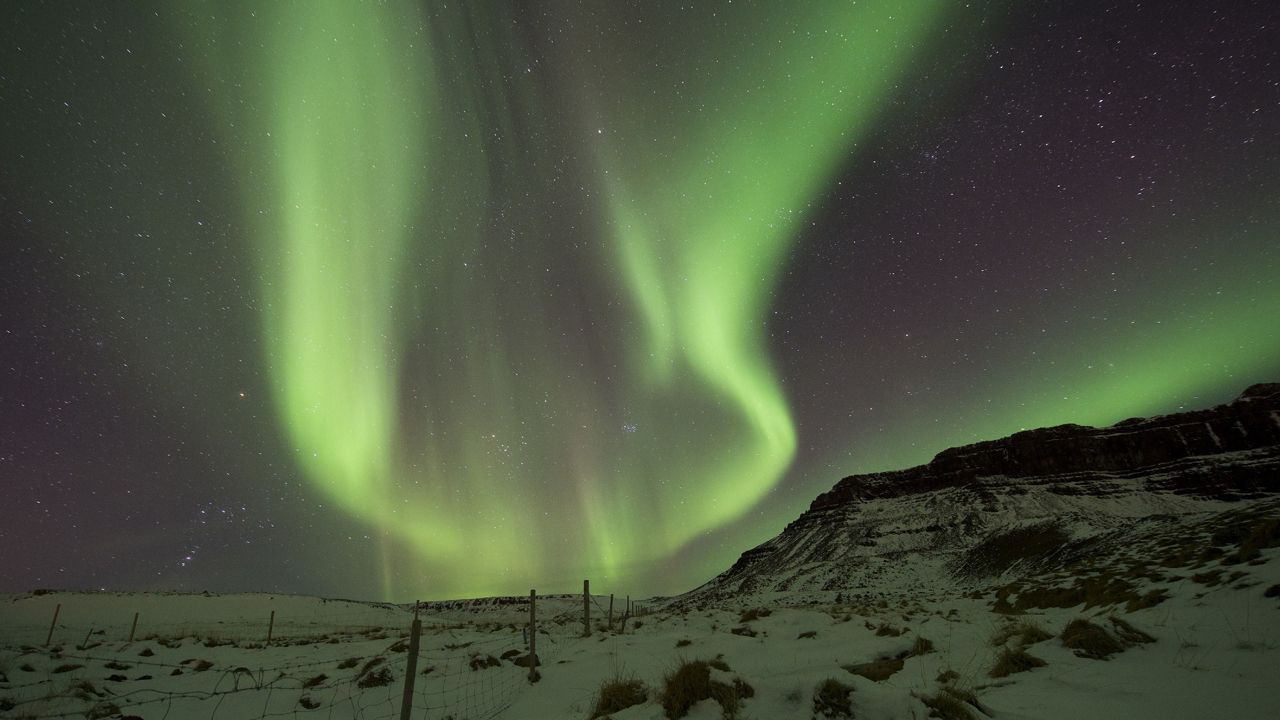Shimmering curtains of green, purple and red... the northern lights, or aurora borealis, seem almost magical.
We know how these light shows happen, but they’re tricky to predict, and the solar storms that cause them also cause problems for our modern technology-filled lives.
Myths and legends surround the aurora, attempting to explain their presence. It wasn’t until recently that scientists actually discovered hard evidence to back up their ideas on how they happen, even though they’ve had theories for decades.
The sun is constantly sending a stream of energy and particles out into space, but the Earth’s magnetic field acts like a shield and keeps them at bay. Sometimes, though, a solar storm on the sun will blast out higher activity toward our planet.
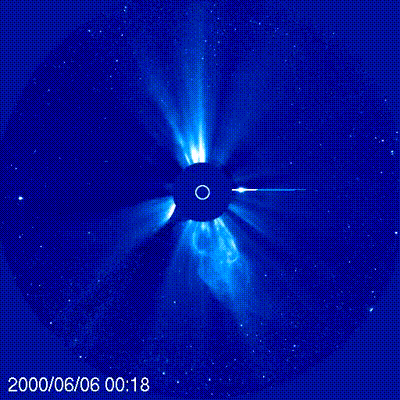
Days later, it travels along the magnetic field toward Earth’s magnetic poles (which aren’t in the same spot as the geographical poles, by the way).
As those tiny particles–negatively charged electrons–collide with oxygen and nitrogen high above the Earth, they transfer their energy into the atmosphere. That means they become “excited” and become higher-energy; when they return to lower energy, they release the energy as light.
That light is what we call the aurora.
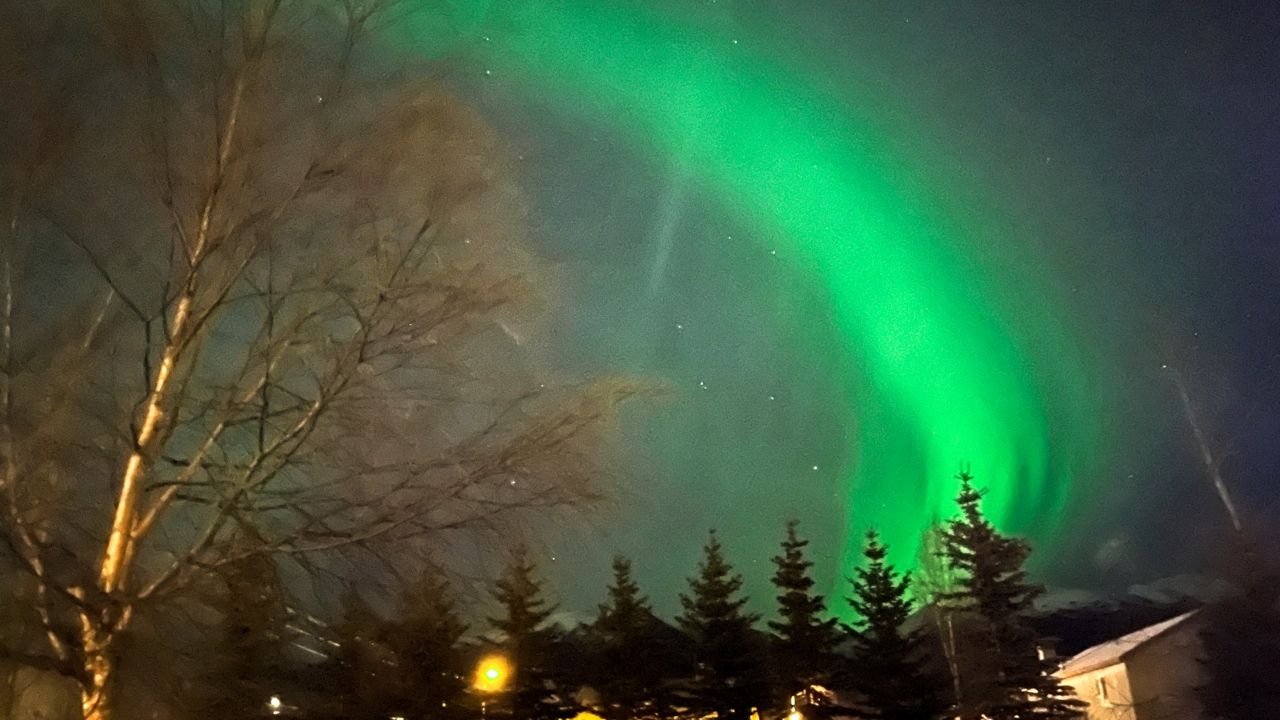
Even though you might associate the northern lights with winter, they’re not more common that time of year, according to Rodney Viereck, a scientist at NOAA’s Space Weather Prediction Center.
They’re more visible in the winter, though, since summer brings little to no darkness way far north.
“Hoping to see the aurora on a summer cruise to Alaska or Scandinavia is a lost cause,” says Viereck.
There is a slight uptick in aurora around the spring and fall equinoxes.
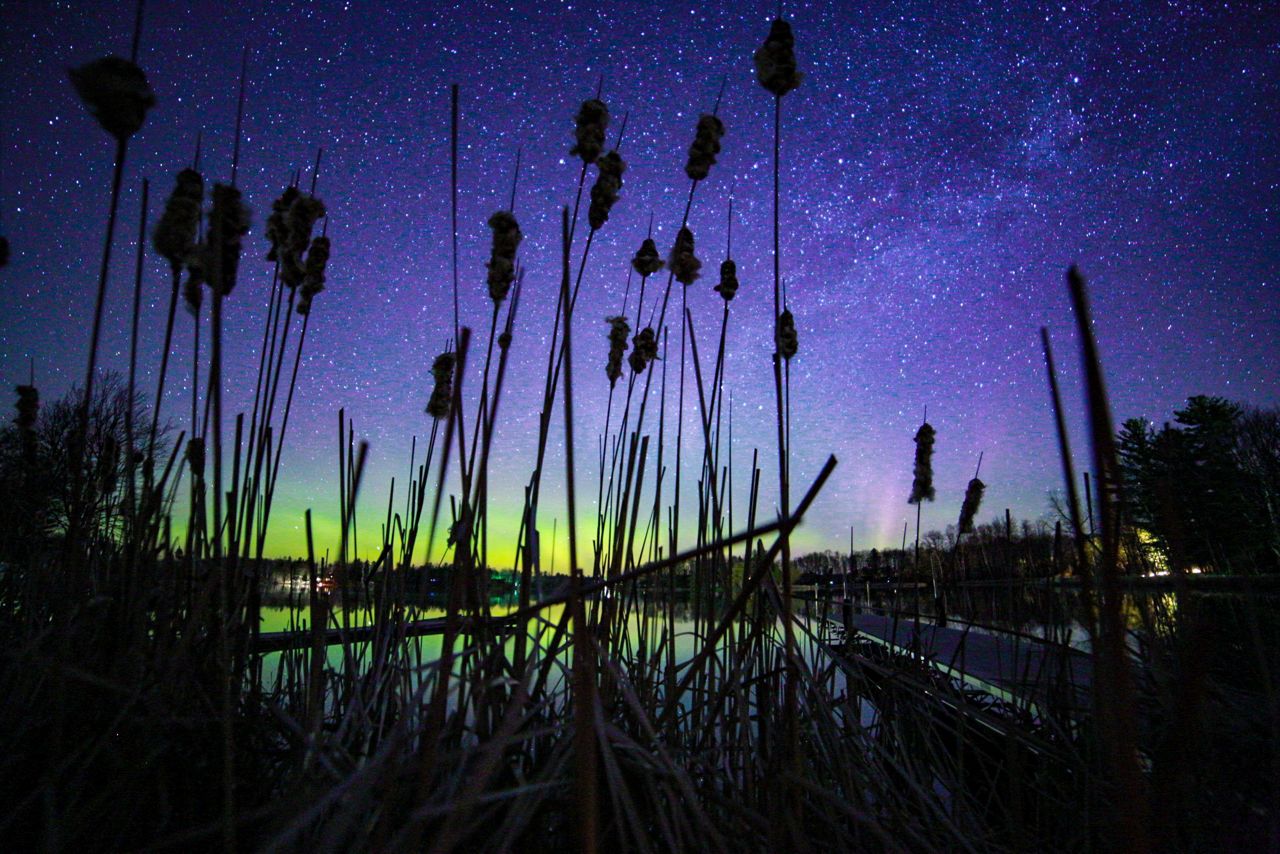
While the aurora are more common well north of the U.S.-Canada border, geomagnetic storms can push the aurora farther south.
For example, when the “planetary K index,” which goes from 0 to 9, reaches a 7, northern lights might be visible in the Pacific Northwest, Upper Midwest, Great Lakes and the Northeast.
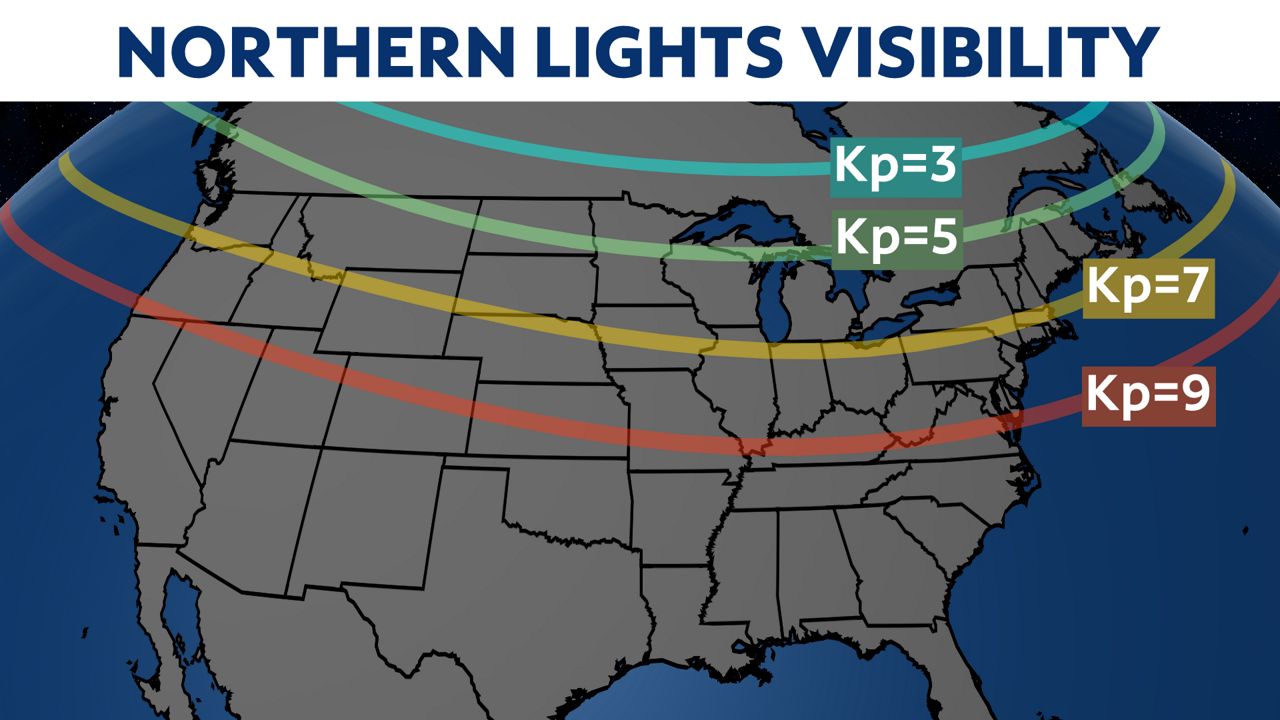
"As with terrestrial weather, predicting space weather is challenging,” says Viereck. Scientists at the Space Weather Prediction Center make forecasts that range from minutes to years.
Just like forecasts for Earth weather, forecasts for space weather are usually very accurate in the short-term but become more uncertain with time.
Satellites about one million miles away measure the solar wind and help provide reliable aurora forecasts for less than an hour out.
On the other end of the time scale, we know that solar activity follows a roughly 11-year cycle. Because the sun affects geomagnetic activity and the aurora, they also ebb and flow on that cycle.
While that doesn’t provide specific details, it tells us trends–just like with seasonal, large-scale weather patterns on Earth.
The geomagnetic storms that cause the northern lights can also create problems.
The “Carrington Event,” an incredibly powerful solar storm in 1859, wreaked havoc with telegraph systems and made aurora visible as far south as the tropics.
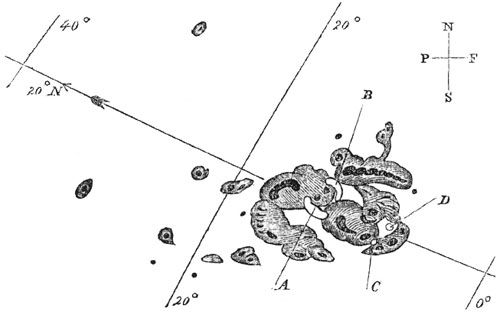
An event that strong today would be catastrophic, but smaller ones still make trouble.
Viereck says that they directly affect satellite navigation–that is, GPS. Positioning errors increase, which may be annoying for drivers but are a larger issue for people who need fine precision. Charged particles also impact radio communications used by airlines, ships and national security (including once during the Cold War).
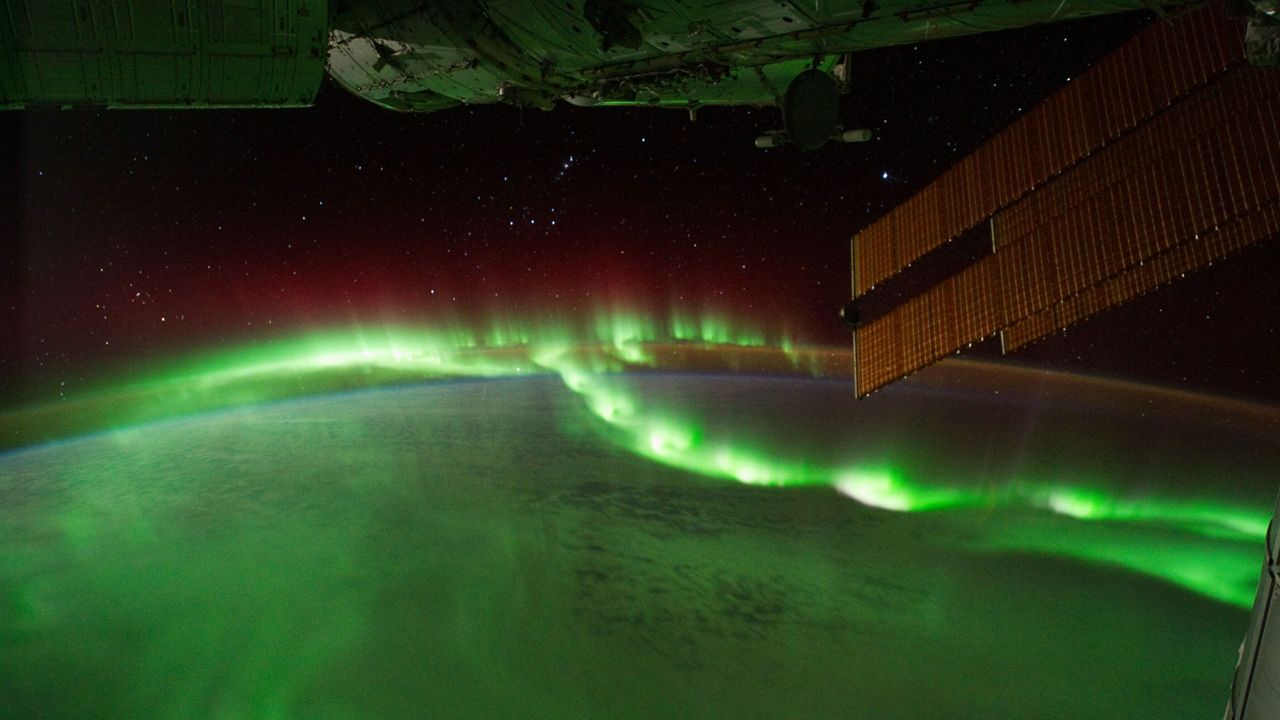
The excited electrons high in the atmosphere also lead to electric currents near the ground. Power lines that receive these currents “can be difficult to control and have, in the past, brought down the power grid in those regions,” adds Viereck.
Perhaps surprisingly, the surge of electrons also affects satellite orbits by increasing drag. They increase the density of the atmosphere where satellites are, and satellites may be more likely to collide because of the sudden and unpredictable changes in their paths.
Just like the storms we witness on Earth, storms from space can be both beautiful and destructive.
Our team of meteorologists dives deep into the science of weather and breaks down timely weather data and information. To view more weather and climate stories, check out our weather blogs section.
Justin Gehrts - Senior Weather Producer
Justin Gehrts is a senior weather producer for Spectrum News. He has well over a decade of experience forecasting and communicating weather information. Gehrts began his career in 2008 and has been recognized as a Certified Broadcast Meteorologist by the American Meteorological Society since 2010.





